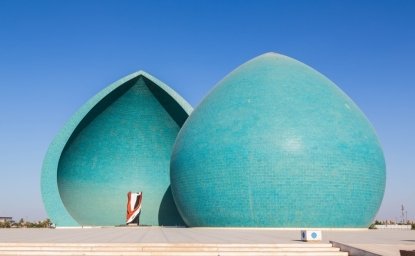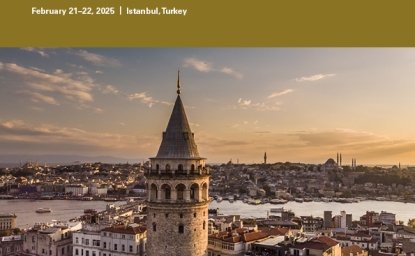Latin American Program in the News: Colombia exploring peace talks with FARC
The Colombian government says it has embarked on “exploratory talks” with rebel commanders to end one of the world’s oldest armed conflicts.
The Colombian government says it has embarked on “exploratory talks” with rebel commanders to end one of the world’s oldest armed conflicts.
[...]
In Washington, Cynthia Arnson, a Woodrow Wilson Center scholar who has closely followed Colombia’s conflict, called the developments a “really promising moment.” “It looks like a lot of Colombians of diverse political stripes are cautiously in favor of a process like this,” Arnson said. This is not the first time the government has embarked on talks with the FARC, a group founded in 1964 by armed peasants in the rugged, nearly impenetrable mountains of southwestern Colombia. As the ragtag group of fighters slowly became a rebel army with several thousand members, presidents and their envoys began to appeal to FARC commanders to end the conflict through negotiations. But talks in Mexico and Venezuela in the 1980s and in the plains state of Meta in the 1990s ended in acrimony. Under President Andres Pastrana, the government ceded a swath of cattle pastures and forests the size of Switzerland to the FARC in exchange for talks. But troops were sent in to seize back the territory in 2002 after the rebels were accused of stockpiling weapons, cultivating the crop used to make cocaine and hiding hostages. The past decade, though, has not been kind to the rebels, who fund their way by taxing all aspects of the drug trade. An increasingly modern and professional army, which has received U.S. helicopters, intelligence assistance and training valued at hundreds of millions of dollars a year, has struck decisive blows that have killed many of the FARC’s most legendary commanders. Last November, an elite commando force killed the group’s supreme commander, Guillermo Saenz Vargas, better known by the alias Alfonso Cano, in a shootout. A government program designed to spur desertions has led thousands to abandon the group, dozens of them experienced, battle-hardened rebels who have provided the army with intelligence information used in military operations. The FARC is still thought to have 8,000 to 9,000 fighters, but that is less than half what it had a decade ago. “Seeking a negotiated solution is a reflection of the setbacks the FARC has suffered,” Arnson said. “And it’s an attempt to achieve some social transformation at the bargaining table that they have not been able to achieve on the battlefield.”
For the full story go here.


The Wilson Center’s prestigious Latin America Program provides non-partisan expertise to a broad community of decision makers in the United States and Latin America on critical policy issues facing the Hemisphere. The Program provides insightful and actionable research for policymakers, private sector leaders, journalists, and public intellectuals in the United States and Latin America. To bridge the gap between scholarship and policy action, it fosters new inquiry, sponsors high-level public and private meetings among multiple stakeholders, and explores policy options to improve outcomes for citizens throughout the Americas. Drawing on the Wilson Center’s strength as the nation’s key non-partisan policy forum, the Program serves as a trusted source of analysis and a vital point of contact between the worlds of scholarship and action. Read more


